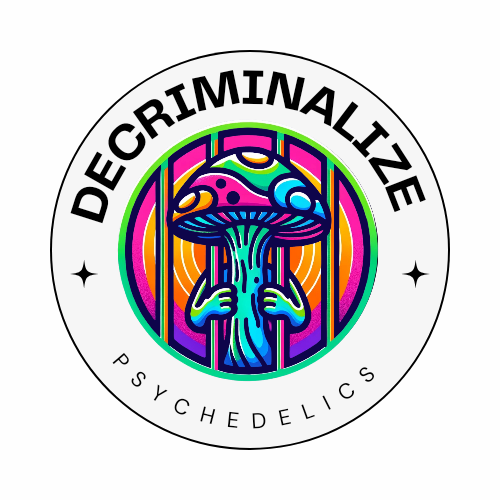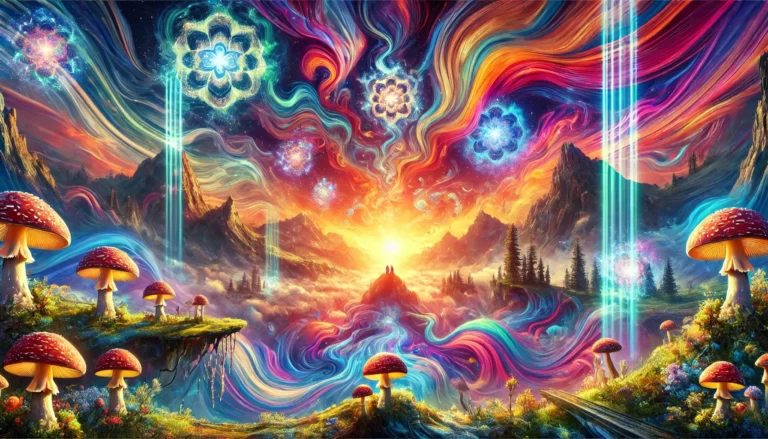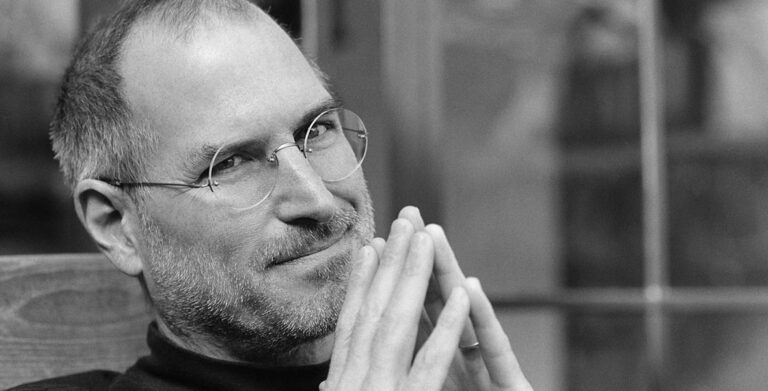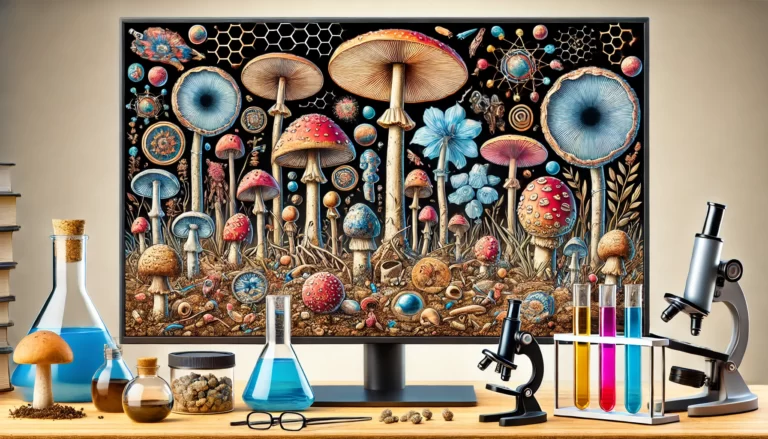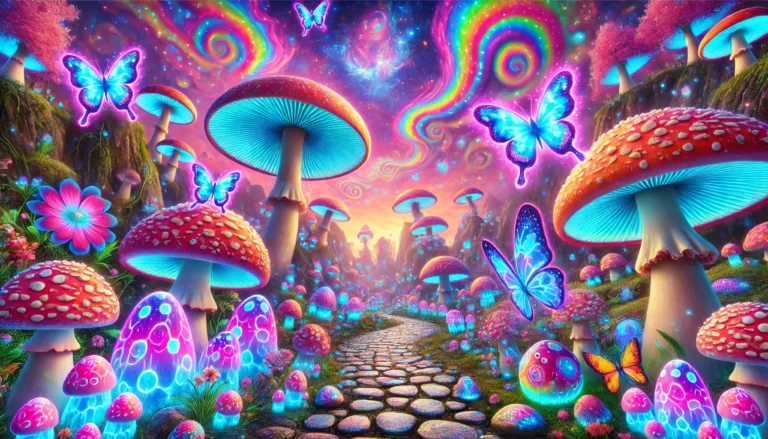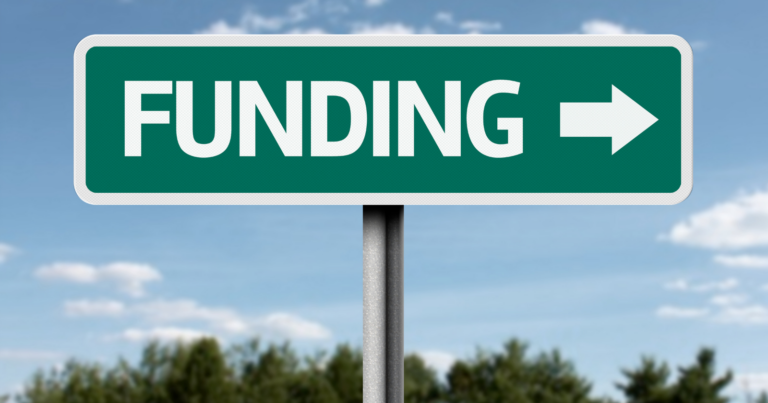As someone deeply interested in cultural perspectives on psychedelics, I’ve found myself drawn to the burgeoning conversation around psychedelics and their role in therapy. It’s a fascinating realm where ancient practices meet modern science, and where my own experiences have painted a vivid picture of potential and caution.
Read on to learn about my personal journey, before I dive into global cultural perspectives, including Western medical and psychological perspectives, and Eastern traditions.
Personal Journey
Growing up, I was always aware of the traditional uses of natural substances in various cultures for spiritual and healing purposes. From the peyote ceremonies of the Native American Church to the ayahuasca rituals in the Amazon, these practices seemed to offer something profoundly transformative. Yet, it wasn’t until my own struggle with anxiety and depression that I began to consider these ancient remedies as more than just anthropological curiosities.
The turning point for me came when I stumbled upon a book detailing personal stories of healing through the use of psychedelics. The accounts were personal, raw, and incredibly human. They spoke of renewal and insight, qualities I found myself desperately seeking. So, I dived deeper, attending seminars and talking with therapists who were pioneering psychedelic-assisted therapy.
The idea that resonated with me most was that these substances, such as psilocybin (found in magic mushrooms) and LSD, could facilitate a kind of mental ‘reset.’ As someone who often felt trapped in cyclical patterns of negative thinking, the prospect of shaking loose from those confines was immensely appealing. But what truly stood out was how these experiences weren’t just about the substances themselves but involved comprehensive therapeutic frameworks.
Taking the Leap
My first personal experience was carefully planned with the help of a licensed professional who specialized in psychedelic therapy. The setting was calm, controlled, and designed to evoke a sense of safety and openness. As the psilocybin began to take effect, I felt a wave of emotions, from awe to fear, before settling into a profound sense of interconnectedness with the world around me. It was as if the layers of my psyche were being peeled back, revealing insights that were inaccessible to me before.
Reflecting on it now, I see how this single session was a pivotal moment in my healing journey. It didn’t magically cure my depression, but it gave me new tools and perspectives to manage my mental health more effectively. The integration sessions that followed were crucial, helping me make sense of my experience and apply the insights gained.
Cultural Perspectives on Psychedelics for Healing
Looking at the global tapestry, it’s clear that different cultures have long recognized the potential of these natural compounds to foster healing and growth. In the West, we’re catching up, incorporating rigorous scientific methodology to understand how and when these substances can be effectively.
The conversation around psychedelics is evolving. It’s moving beyond taboos and stereotypes to a more nuanced understanding of their potential. As we learn more, we must also remember the lessons from cultures that have used these tools wisely for centuries. Their reverence for the power of these substances demands our respect and careful consideration.
Exploring the various cultural stances and perspectives on healing with psychedelics reveals a diverse and often conflicting landscape. Let’s take a closer look at how different societies perceive and utilize these substances.
1. Western Medical and Psychological Perspectives
In the Western world, especially in Europe and North America, the modern perspective on psychedelics has shifted dramatically over the past few decades. Initially, substances like LSD and psilocybin were explored in the 1950s and 60s for their potential in psychotherapy. But, their association with the counterculture of the 1960s led to stringent regulations and a cessation of medical research by the early 1970s. Today, there’s a resurgence in interest, driven by clinical research that suggests benefits for treating conditions like depression and addiction. This scientific approach favors controlled, therapeutic settings and emphasizes safety and efficacy through rigorous trials.
2. Indigenous and Tribal Views
For many indigenous and tribal societies, psychedelics have never been ‘rediscovered’ because they were never dismissed. These communities have maintained a continuous tradition of psychedelic use within spiritual and healing contexts. In these cultures, such substances are often considered sacred. Used within the framework of ceremony these sacraments ensure both physical and spiritual healing. The knowledge about these substances is usually passed down through generations and is deeply embedded in the community’s traditions and spiritual practices.
3. Eastern Philosophical and Religious Approaches
In some Eastern traditions, the use of mind-altering substances for spiritual awakening is viewed with skepticism. Mainstream schools of thought in Buddhism and Hinduism generally promote achieving enlightenment and healing through meditation, discipline, and ethical living. But, there are sects within these broad religions that have used substances similar to psychedelics as tools for spiritual discovery and healing, though these practices are less central than in indigenous American tribal cultures.
4. Contemporary Subcultural Perspectives
Within modern subcultures around the globe, there is a more liberal stance on the use of psychedelics. Often, associated with personal exploration and self-expression rather than formal healing practices. These groups may view psychedelics as a means to escape from societal pressures, to foster creativity, or to connect more deeply with oneself and others. While not necessarily embedded in ritual, these uses do echo the transformative potential recognized by more traditional practices.
5. Governmental and Regulatory Views
Most governments maintain strict controls over psychedelics, classifying many such substances as illegal due to concerns about safety, addiction, and abuse. However, the regulatory perspective is complex and evolving. Some countries are beginning to recognize the medicinal and therapeutic potential of psychedelics, leading to changes in laws. For example, several U.S. cities have decriminalized the possession of psilocybin mushrooms. Also, clinical trials are underway to potentially reclassify certain psychedelics as prescription medications.
These varying stances illustrate the complexity and diversity of cultural perspectives on psychedelics. Highlighting the tension between traditional uses and modern scientific approaches, and between global perspectives on mental and spiritual health. Each viewpoint offers unique insights that contribute to a more comprehensive understanding of how psychedelics might be integrated into healing.
